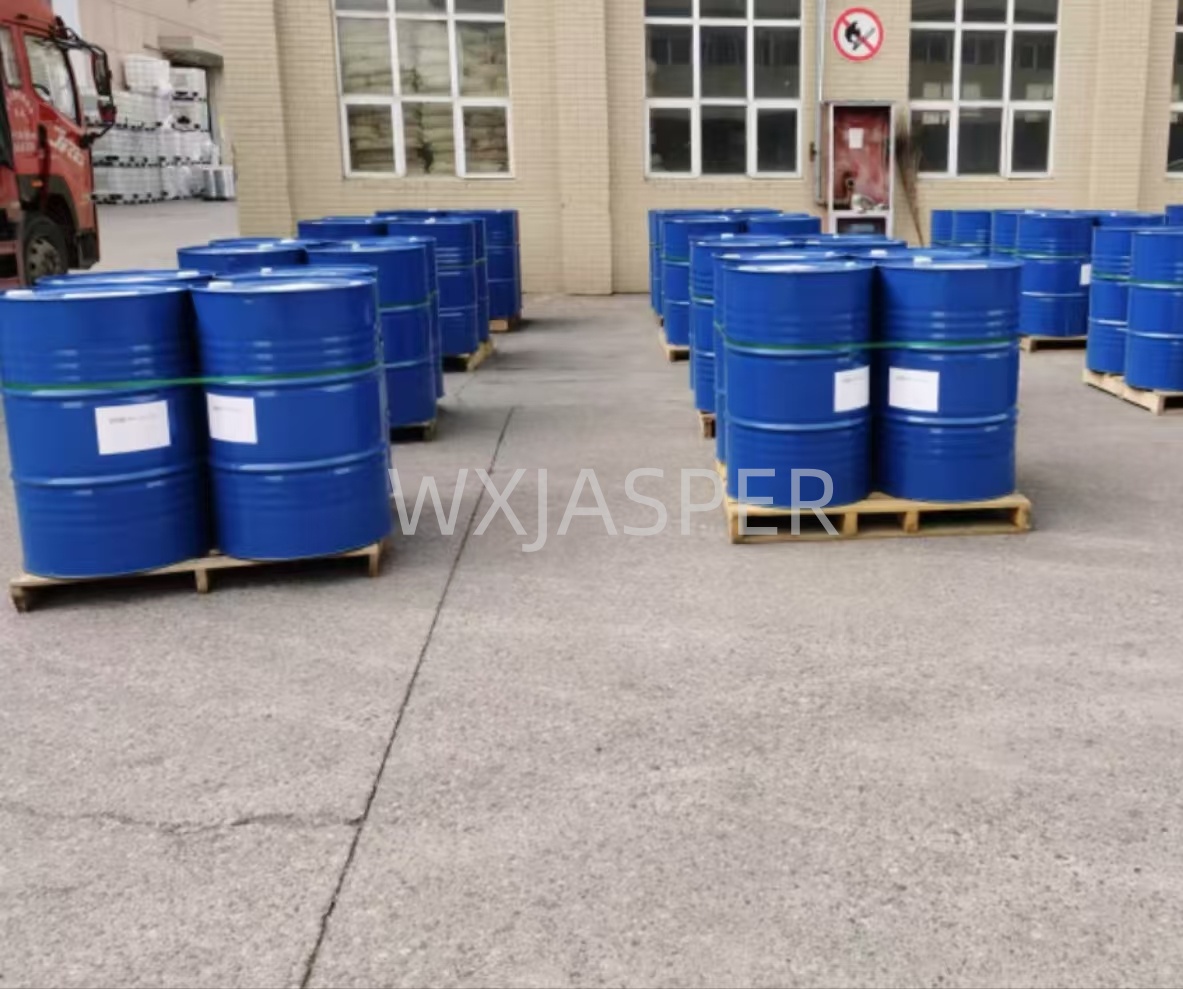Product Details
CasNo: 90093-37-1
Appearance: liquid
Delivery Time: 15 days
Packing: 200kg/drum
Purity: 99%
1. Basic Information and Core Positioning
- Product Name: SOPROPHOR FD
- Product Category: Surfactant
- Core Positioning: Combining the characteristics of the product series and conventional industry applications, it is positioned as a high-performance, multi-scenario adaptable professional-grade surfactant. The marked red asterisk usually indicates that it is a key product in the series or has differentiated competitive advantages.
2. Key Performance and Technical Features
Based on the commonality of the SOPROPHOR® series and the core functions of surfactants, it may have the following characteristics:
- Efficient Interfacial Activity: As a professional surfactant, it has excellent surface tension reduction ability. The critical micelle concentration (CMC) may be at a low level (such as in the range of 0.01%-0.1%), and it can work quickly at a low addition amount.
- Multifunctional Adaptability: It takes into account core functions such as emulsification, dispersion, and wetting. It can stabilize water-oil systems, improve the dispersion uniformity of solid particles or active ingredients in liquids, and enhance the spreading and adhesion ability of the system to substrates.
- Environmental and Chemical Stability: It is likely to have a wide pH value range (such as pH 4-10), and is insensitive to temperature changes. It can withstand a certain degree of acid-base and thermal shock, meeting the harsh working conditions in industrial production.
- Low Environmental Impact: Referring to the design concept of Solvay's similar products, it may not contain restricted components such as alkylphenol ethoxylates (APE), which is more in line with environmental regulations and sustainable production needs.
3. Main Application Fields
Combining the traditional application scenarios of the SOPROPHOR® series and the laws of the surfactant industry, its core application fields are concentrated in:
- Emulsion Polymerization Industry: Used as an emulsifier in the polymerization of monomers such as vinyl acetate, acrylic acid, and styrene, it can produce emulsions with fine particle size and high stability, suitable for downstream products such as coatings and adhesives.
- Agricultural Formulation Field: As a pesticide synergist, it improves the wetting and spreading performance of herbicides, insecticides and other liquid chemicals, enhances the adhesion of liquid chemicals on plant leaves (especially waxy layers), reduces loss and improves drug efficacy.
- Coatings and Inks Industry: Improve the leveling property of coatings and ink systems, avoid construction defects such as shrinkage cavities and pinholes, and improve the adhesion to difficult-to-wet substrates such as plastics and metals.
- Fine Chemicals Field: Used as a dispersant in dye and pigment dispersion systems, or as a wetting aid in cleaning agent formulations to improve cleaning efficiency.
4. Typical Usage and Storage Specifications
- Recommended Dosage: The conventional addition ratio of industrial-grade surfactants is 0.1%-2.0%, which needs to be adjusted according to the application scenario (such as polymerization reaction, pesticide compounding) and target effect.
- Usage Method: It is recommended to add slowly under the stirring state of the system to ensure uniform dispersion; it can be used in combination with other types of surfactants to achieve synergistic performance enhancement.
- Packaging Specifications: It is presumed to adopt industrial standard packaging, commonly 25kg plastic barrels or 200kg iron barrels, which are convenient for storage and batch transportation.
- Storage Conditions: It needs to be stored in a sealed, dark, and normal temperature (15-30°C) environment. Long-term exposure to high temperature, humidity or direct sunlight should be avoided. The shelf life under unopened conditions is usually 24 months.


